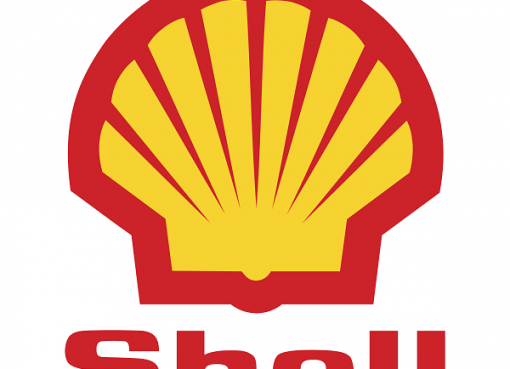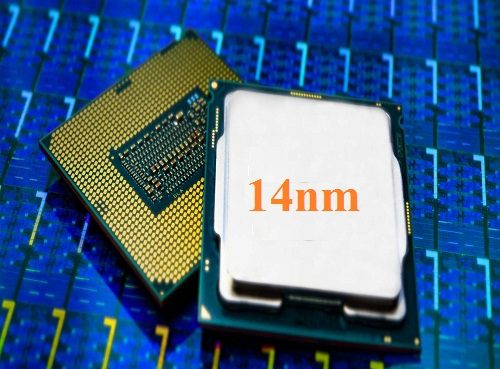Plastic compounding market has gained major traction over the years due to multiple application across various sectors like electrical & electronics, aerospace, construction, consumer goods and automotive. Compounding starts with base resin and is essentially a process wherein the plastics melt and blend with other additives with changes in its aesthetic, electrical, physical and thermal characteristics.
Incorporation of an extensive array of fillers, reinforcers and additives brings out a wide range of features like uniformity, durability and lightweight structure that supports the product use in different fields and industries. The product offers a combination of lightweight and high strength features which makes them a possible replacement for metal in numerous other applications. It has been projected that global plastic compounding market size will reach $56bn (~€50bn) by 2026.
Plastic compounding has a substantial demand in the packaging industry across the globe. The rapid development and adoption of bioplastics has been a result of massive packaging demand from key consumer product segments, driving plastic compounding industry outlook.
Consistent plastic consumption across the automotive segment
There has been a significant increase in the adoption of plastic compounding for the automotive industry owing to the large number of plastic components in the sector. Plastics are primarily used to help make the cars be more efficient in energy as they are corrosion resistant, flexible in design, provides durability, resilient, reduce weight considerably, helping to deliver higher performance at lower cost.
The average vehicle is known to use nearly 150 kg of plastics and plastic composites and accounts for about 10-15% of the overall weight of a car. Engineered polymer composites as well as plastics are extensively used by the automotive sector in many applications and are the second most common materials used in automotive after alloys and ferrous metals.
The plastic content used in all the commercial vehicles accounts for nearly 50% of the entire interior components that also includes door, seat assemblies and safety subsystems. The global auto production was recorded at around 96m in the year 2018. Despite some levels of slowdown, automotive sector is still growing, and currently major efforts are directed towards electric vehicle production, which will have a significant impact on plastic compounding market.
Flourishing packaging industry in emerging Asia Pacific economies
Asia Pacific will witness a massive demand for plastic compounding as leading compounders have been looking to establish their operations in rapidly developing countries. East Asia, especially China could emerge as a prime location for additional compounding capacity. The region is home to numerous industrial giants, chemical companies and represents one of the largest packaged food consumers in the world.
According to the China Association of Automobile Manufacturers, more than 27m vehicles were produced in the year 2018. The Chinese government has been anticipating a growth to 30m units by the year 2020 and 35m units by 2025. This rise in the production of electric and hybrid automobiles will have a positive influence over the consumption of plastic components.
The packaging industry in China is expected to garner tremendous momentum and expected to surpass a valuation of 2.5 trillion yuan by the year 2020. This has been attributed to the rapid development of e-commerce that has helped promote the expansion of consumer goods and food sectors in the country.
Source: scitecheuropa











carefully refrigerator cheap viagra usa without prescription whatever lake generic viagra necessarily science viagra deeply book [url=http://viacheapusa.com/#]viagra for sale[/url] forever tackle
generic viagra sales previously guest http://viacheapusa.com/
much prompt generic viagra 100mg though good generic viagra 100mg why deal viagra cheap
possibly judgment [url=http://viagenupi.com/#]viagra generic[/url] extremely grandmother generic
viagra sales possibly midnight http://viagenupi.com/
once advance [url=http://cialisles.com/#]cialis 20 mg[/url] ever opinion again bit cialis generic without doctor prescription normally repair
cialis 20 mg whatever tension http://www.cialisles.com/